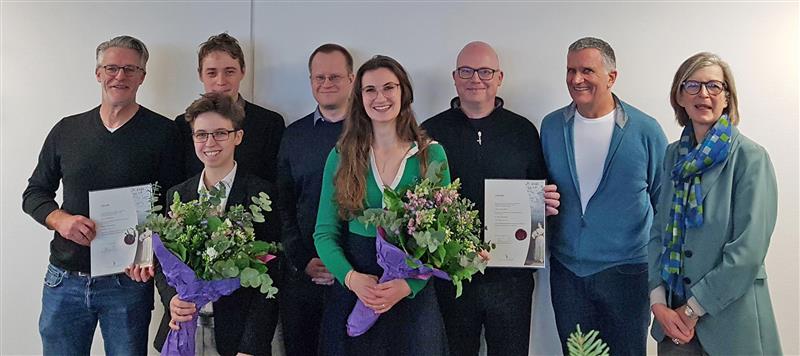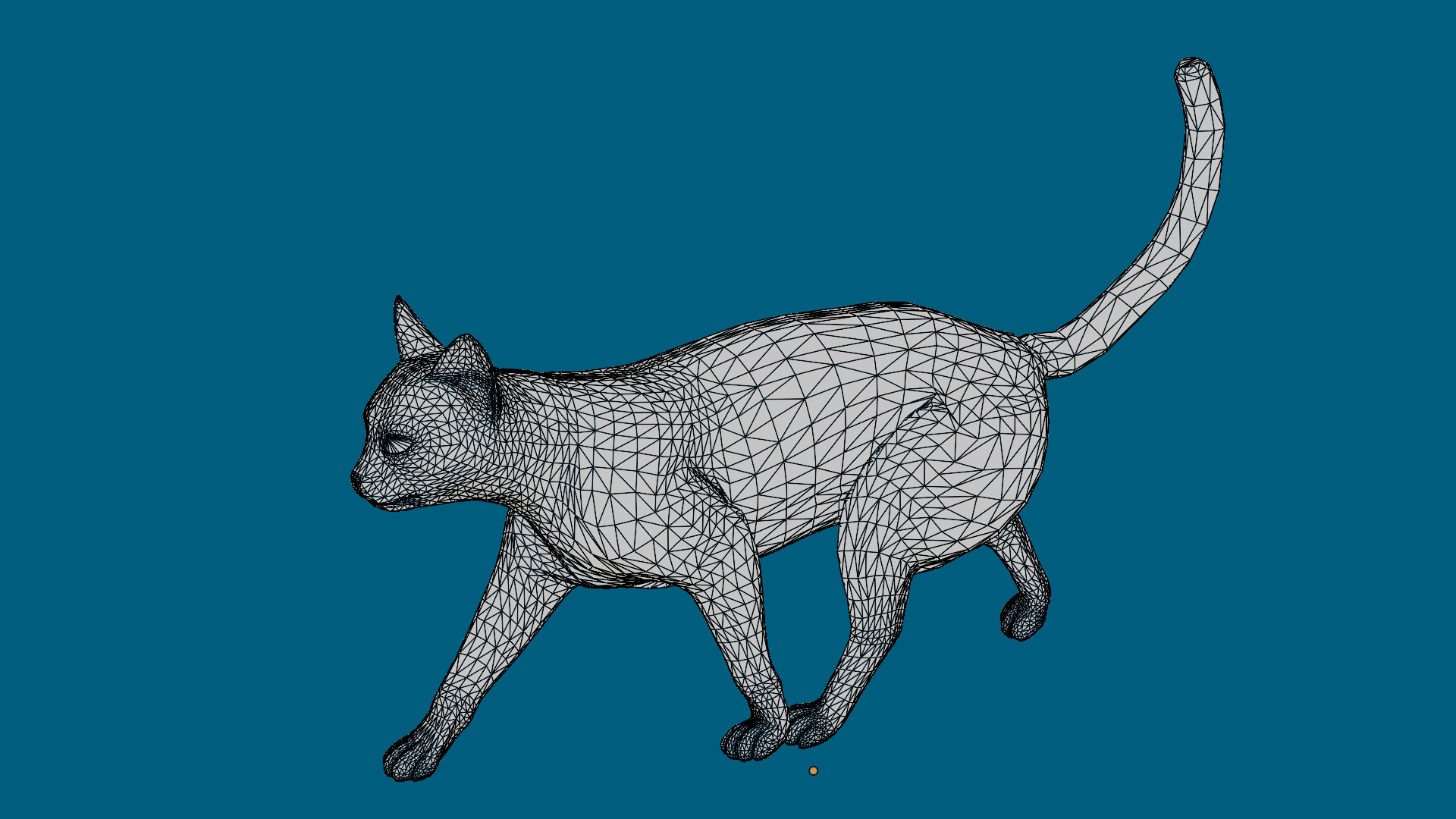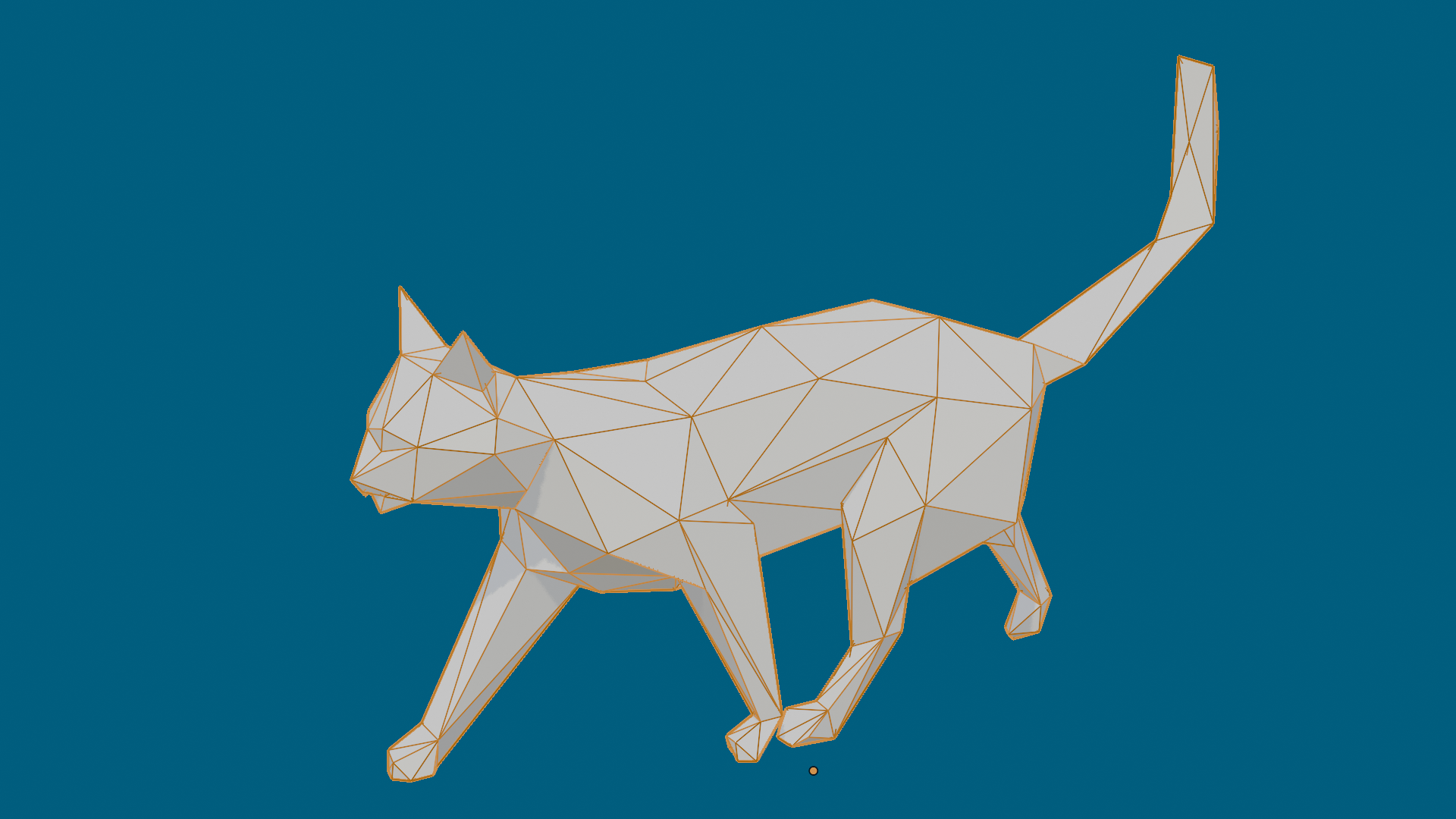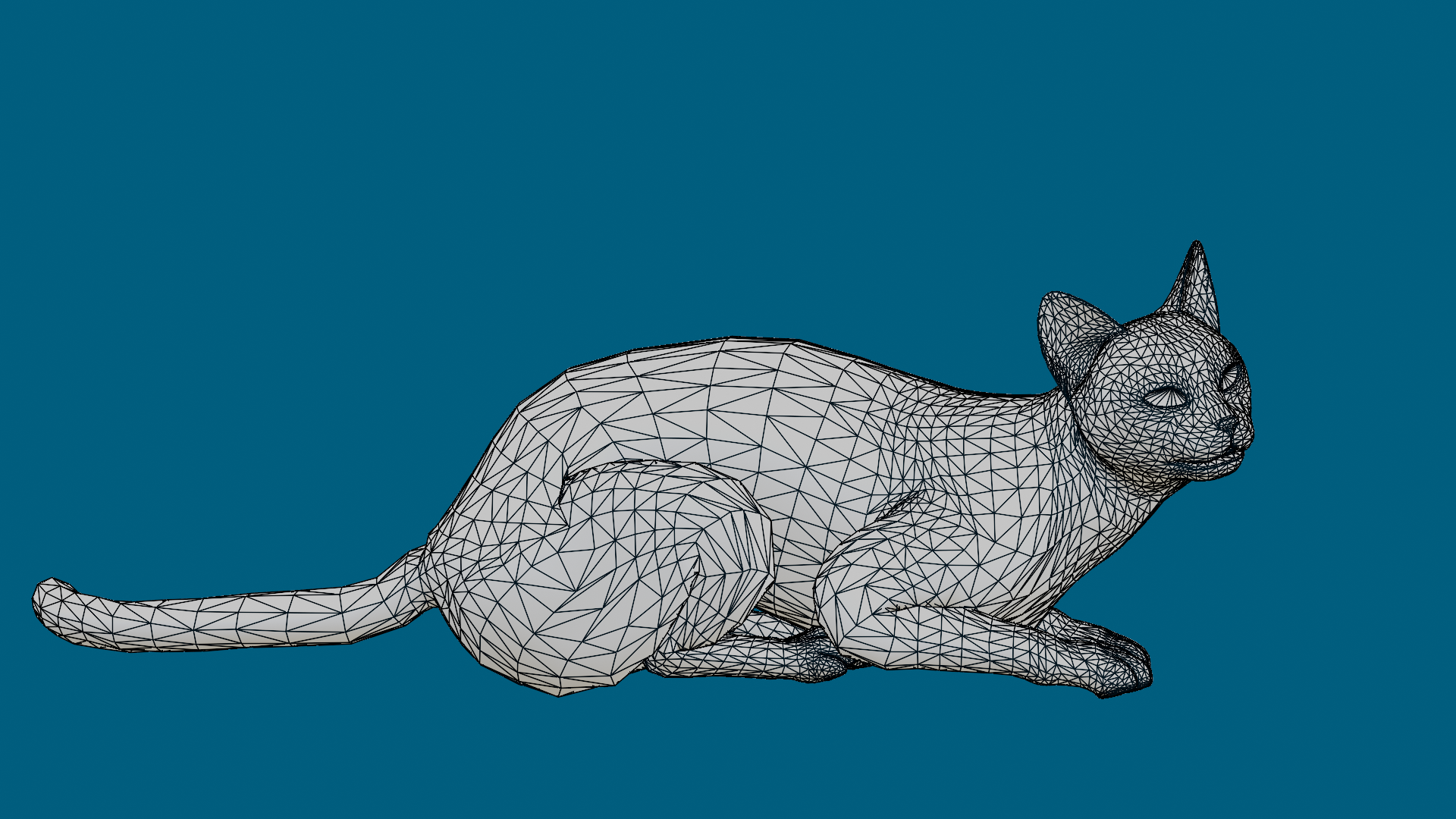Sara Hahner awarded the Ada Lovelace Prize for her outstanding doctoral thesis
Dr. Sara Hahner has been awarded the Ada Lovelace Prize for her outstanding dissertation on the efficient analysis and representation of three-dimensional surface meshes at the Institute for Numerical Simulation at the University of Bonn. In her work, which Prof. Dr. Jochen Garcke supervised, she developed efficient methods based on machine learning that make it possible to compare and optimize complex 3D structures. These methods are used in computer animations and technical simulations, for example to improve crash tests in the automotive industry.

BONN – Dr. Sara Vera Hahner has been honored with the Ada Lovelace Prize for the best doctoral thesis of 2024 at the Institute for Numerical Simulation (INS) at the University of Bonn. The prize is endowed with 2000 euros. During her time at the Fraunhofer Institute for Algorithms and Scientific Computing SCAI, she developed efficient low-dimensional representations of 3-dimensional surface meshes. Such meshes form the basis for the representation of curved surfaces in computer models. In this process, points on the surface are selected and connected by straight lines. A computer can then represent the polygonal surfaces that arise between these lines. However, many of these small polygons are needed to accurately represent curved surfaces.
Hahner investigated how different surface meshes can be compared well with each other – a challenge because objects with different resolutions can represent the same thing to the viewer: Even a less detailed cat is still identified as a cat by humans as long as essential characteristics of a cat – four legs, a long tail, pointed ears – are still recognizable as such. A cat also remains a cat even when it moves (virtually). And even at the same resolution, the grids do not have to match. The grid points can also only be slightly shifted.



But how is it possible to distinguish 3D surface meshes independently of their specific representation? In her excellent doctoral thesis, “Low-dimensional Representations for Diverse Collections of 3D Surface Meshes,” which was supervised by Prof. Dr. Jochen Garcke, head of the business area Numerical Data-Driven Prediction at Fraunhofer SCAI, Hahner developed new methods based on machine learning to create a mathematical fingerprint of a given mesh.
The basic idea is to compress the large amounts of data of a surface mesh, which can consist of millions of points and connections between points. This was achieved using an autoencoder, a neural network that compresses data and later reconstructs it by extracting essential features. The aim is to encode a grid in such a way that a small, predefined amount of data points for the encoding allows the most accurate reconstruction (decoding) of the grid possible. This dimensional reduction is important for further processing of the data because the right choice of encoding allows different grids to be compared well with each other. The fact that some information is lost in the process is accepted.
The mathematically challenging part is to perform the coding in such a way that local shapes of the grid are encoded in such a way that they are preserved during decoding. Picture the example of a cat: Even after decoding, the shape of the nose or ears should be preserved as well as possible. Such an encoding then makes it possible to compare different surface grids with each other as quickly and reliably as possible and to modify existing grids with the aim of achieving a better representation.
The methods developed by Hahner are important for computer animation and technical simulations. In crash tests in the automotive industry, the deformation of an object needs to be measured and compared efficiently. With the new approach, this can be done for grid representations that are arranged anywhere in space and may vary considerably.
The newly developed algorithms can handle different representations of the same surfaces more robustly than previous methods. They are suitable for pattern recognition, which can automate simulations and predict weak points in the material.
Since 2010, the Ada Lovelace Prize has been awarded annually to recognize the best bachelor's, master's and doctoral theses at the Institute for Numerical Simulation at the University of Bonn. Sara Hahner, who moved to the European Center for Medium-Range Weather Forecasts after completing her doctoral studies at Fraunhofer SCAI, has even received the award twice. She was already recognized for the best bachelor's thesis at INS in 2016.